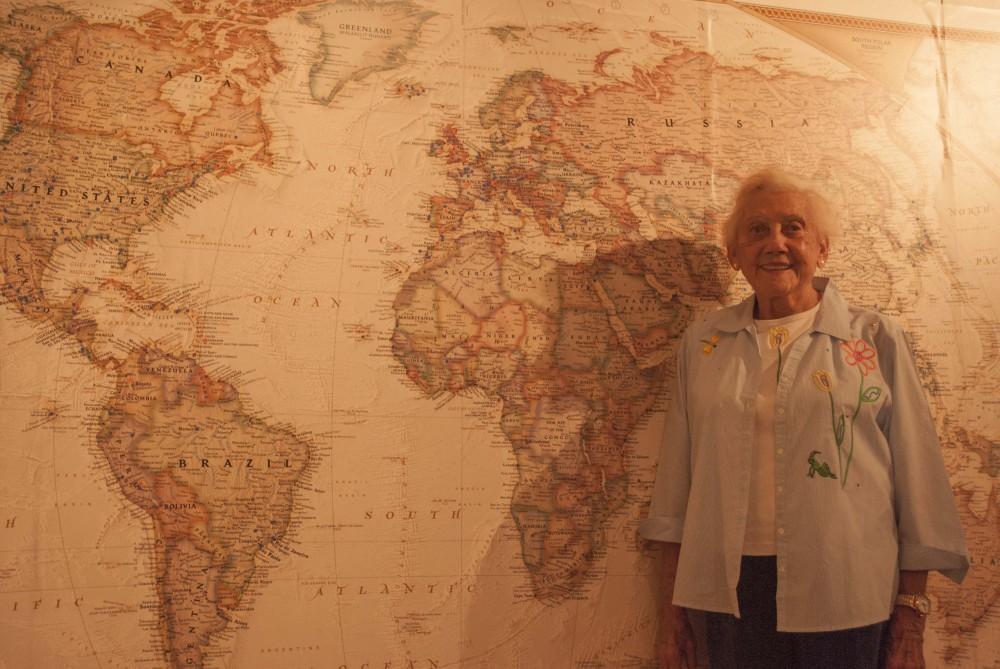
Born on Valentine’s Day of 1926, Valene L. Smith was introduced to this world with a creative heart and a passion for adventure. Although being born during the depression was not ideal, her family made the best out of it from their single-roomed apartment in Los Angeles. Smith attended UCLA and graduated at the age of 20. Shortly after, Smith was given an opportunity to teach men who had come back from the war under the GI bill.
A humbling experience
Smith began to realize that teaching geography to students who had seen more of the world than she had was rather silly. From that point on, she knew that in order to grow as an instructor and an individual, she needed to experience the world overseas.
“You simply cannot teach a world out of a textbook,” Smith said.
While still teaching at L.A. City College, Smith took advantage of her summer vacation and traveled up to Alaska. Smith and her mother lived out of their car, beginning their life away from home.
Money in tourism
Having gone back to Alaska every summer for the next five years, Smith began to see trends in tourism and how it affected the people living there both positively and negatively. While questioning the Inuit people, those who dance for tourists, she was informed that they make $1 for each tourist. So at that point in time, they were making $8 each. When returning in 1963, the tourist population had grown exponentially, and the Inuit dancers now received $100 each. Although having tourists was good for the dancers, they were only taking up space for the villagers. Smith saw this as significant and wanted to study tourism further.
Anthropology of tourism is born
Smith said tourism was a major player in how the economy and society were affected. In 1977, Smith gave the first symposium for anthropology of tourism, introducing this new subject into a field that would later develop into one of the largest fields of study.
Smith saw how tourism was becoming more of a party culture than an educational one and wondered how she could restore tourism to enlightenment. If people experience the world away from their comfort zones and learn from other cultures, maybe people will learn to be more understanding of one another.
Chico State impact
Keith Johnson, an anthropology professor, founded a hands-on museum in 1970 with the vision of it guiding students who were interested in becoming curators for museums. It’s easy to say this museum has become a success as it sits on Chico State campus.
Now named after Smith, the museum shows two exhibitions a year which are student-driven just like Johnson desired. Graduate students take courses that prepare them for the immense amount of work it takes to become a curator at a museum. Dr. Georgia Fox leads class lectures in which students work together to create their own exhibition at the end of the semester. The current exhibit, which will be closing Oct. 10, showcases the extraordinary life of Valene Smith herself.
Smith’s life is an inspiration to a generation that is full of adventurers and risk-takers— A generation filled with people who cannot simply learn from textbooks but crave a life filled with travel. But warning: going into this exhibit will give you the travel bug.
Dana Muensterman can be reached at artseditor@theorion.com or @theorion_news on Twitter.




